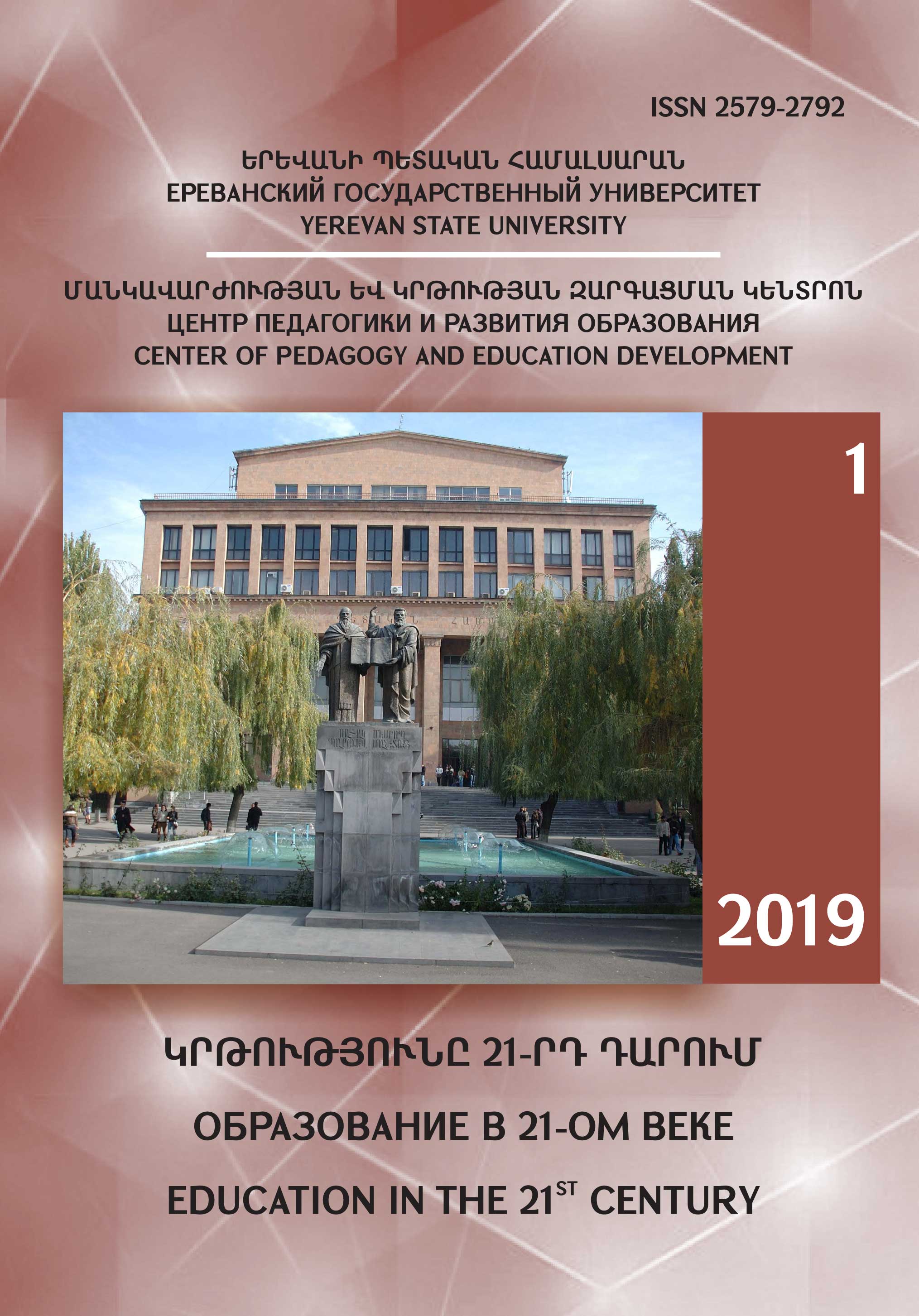THE DEVELOPMENT OF HIGH SCHOOL STUDENTS’ CRITICAL THINKING IN THE EDUCATIONAL PROCESS
DOI:
https://doi.org/10.46991/educ-21st-century.v1i1.10726Keywords:
Critical thinking, reflection, factors of critical thinking devlopment, pedagogical conditions, methods, forms of work, educational research project.Abstract
Critical thinking is a special combination of logical and creative thinking and it guarantees a high level of a person’s evaluative judgements. It is an essential factor for the development of a person’s mental-psychological abilities, for self-improvement and a stimulation of mental activities and it is indeed an educational priority in the modern world.
The development of critical thinking is essential on all levels of general education. On each level it has its problems, content, methods, means, technologies and work forms. At high school, however, it gains a special significance. Questions related to the sense of life, professional orientations, emotional-evaluative attitude to the world, the need for self-determination, self-realization and mastery of new forms of cognitive activity are emphasized in adolescence, which necessitate the development of critical thinking at this age.
Motivational, organisational-methodological, informative, communicative and reflexive-evaluative factors are singled out for the development of critical thinking in the educational process. A few pedagogical conditions ensure the effectiveness of that process such as the informative quality of educational materials, the scientific character, reliability and modernity of information, the communicative character of educational process as well as the interest for the educational topics and learning motives. The shaping of an interactive educational environment and an effective combination of group and individual works are also among the useful conditions.
The following methods and work forms can be applied for the development of high school students’ critical thinking: historical, descriptive and judgemental essays on a given topic, group discussions, cases, role plays, scientific conferences, workshops and online forums. Discussions of local and regional political, economic, social and cultural issues, fictional and documentary films, television programmes, social clips and books, a critical perspective of everyday vital events, an evaluative opinion, analysis, approval, negation and presentation are essential means for the development of critical thinking. Last but not least, debates of various contemporary topics trended on the social media and research projects on modern issues in various spheres of life also contribute to the development of critical thinking
References
Օգտագործված գրականության ցանկ
Клустер Д., Что такое критическое мышление // “Русский язык”, 2002, № 29.
Тягло А. В., Критическое мышление: проблема мирового образования ХХI века //
“Постметодика”, 2001, № 3 (35), с. 19-26.
Федотовская Е. И., Развитие критического мышления как задача высшей школы
//Актуальные вопросы практики преподавания иностранных языков. Москва: “Академия”,
, 368 с.
Халперн Д., Психология критического мышления. Москва: “Тривола”, 2010, 219 с.
Foundation for Critical Thinking, A draft statement of principles. The National Council
for Excellence, 2019. Available from http://www.criticalthinking.org/pages/the-national-councilfor-
excellence-in-critical-thinking/406.
Downloads
Published
How to Cite
Issue
Section
License

This work is licensed under a Creative Commons Attribution-NonCommercial 4.0 International License.

